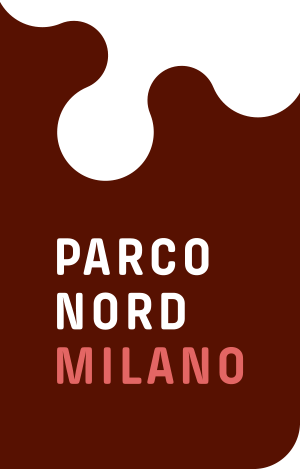THE PROBLEM
An exotic or allochthonous species originated and evolved in a place different from where it arrived. The urban and agricultural environments are real crossroads, places where people and methods of transport, which can easily carry organisms like seeds,
spores and insects, even from the most distant parts of the world, pass.
In addition, towns are normally degraded environments lacking in biodiversity, where many ecological niches (an ecological niche is the function that members of a species perform in their habitat, as if the habitat was the address and the ecological niche the
profession) ‘free’, favouring the entry and settlement of more competitive, less demanding species than the native ones.
Thus a new ecological balance is created due to the transport of organisms and the alteration to the area by a very particular animal – man.
An exotic organism may become invasive – but it’s not the rule. If there are no predators or parasites in the new environment, it may reproduce without check and enter into competition with local species for the resources (for example, food and places where it can grow), in some cases causing the disappearance of the local species.
WHAT EXOTIC SPECIES (INCLUDING VEGETABLE ONES) THREATEN THE BALANCE OF THE PARK?
Ailanthus altissima, Prunus seratina, Acer negundo, Ligustrum ovalifolium, L. japonicum and L. sinensis, Gleditsia triacanthos and Broussonetia papyrifera. Depending on the area of the park and the vicinity to the ‘parent plants’, these species spread their seeds on the wind and continually extend their presence in various areas of the park.
